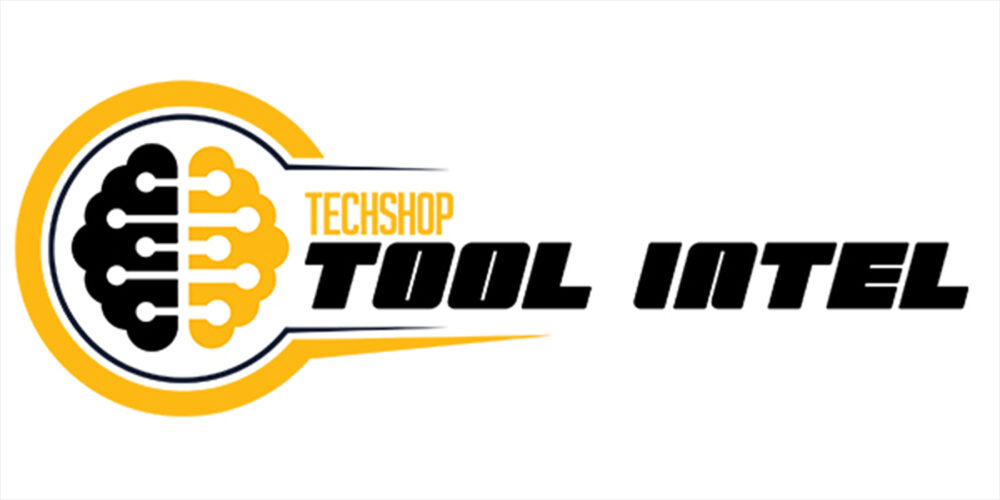The transportation industry is constantly evolving. Environmental and safety regulations are two of the main driving forces behind the changes we see each year as new models roll out of showrooms, but consumer preferences and an increased desire for technology and convenience also shape the future of the vehicles we service.
Changing consumer needs and buying habits also have altered our own business practices, affecting the kinds of parts we carry, how we market them and even how our customers acquire them. As the industry continually adapts, our personnel also need to continue their individual educations to keep themselves (and our stores) at the leading edge of the technologies.
The phrase “continuing education” usually refers to college or university programs, but also can include specialized training in business, industrial or other vocational occupations. In our case, “continuing” is more like “continuous” … each day behind the counter brings something new, and an opportunity to learn!
Aside from “on-the-job” training, in which we learn by doing and by observing and interacting with others, our structured professional development has largely consisted of manufacturer or program-group training modules. When I first became a counter professional, these trainings were often made up of correspondence courses, with a few live events hosted by vendors throughout the year. The booklets and paper tests then slowly evolved into online programs, which allowed better access to training materials at a reduced cost to the company, and often free to the individual. In today’s world of Zoom meetings and YouTube, it’s even easier to acquire training information on-demand. A wide array of content is available to anyone with an internet connection and the desire to learn, and most of it is 100% free!
While our employees have a responsibility to successfully utilize the catalog resources we supply to them, we also have a responsibility to provide as many of these resources as is practical to allow them to do their jobs efficiently. Investing in training is an investment in our employees, which is ultimately an investment in our businesses. Whenever I interview a potential counter person, I ask them what vehicle systems they feel they know the most about, and the system(s) that they don’t feel as comfortable with. Identifying these “weak points” isn’t just about weeding out under-qualified candidates; it’s about determining what we can do to help them succeed at our counters.
Aside from the catalog skills and technical knowledge required to be a successful parts professional, employee training also can include business and managerial topics. In terms of traditional “continuing education,” certificate programs (or even pursuing a degree) in business administration can help set your star employees on a future path to management, partnership or even ownership. Informal teaching or mentoring programs also can help build the next generation of leadership for your organization. Even if your business plan doesn’t include offering these growth opportunities as an employee benefit, encouraging your people to pursue them on their own can lead to future success.
Over the years, I’ve participated in many automotive training programs, as a student and occasionally as a co-host. From classrooms to manuals and video, here in the pages of Counterman, and even my first Zoom training series with ASE last winter, I’ve always believed that knowledge worth having is also worth sharing. I’m grateful to those who have shared their knowledge with me, and I’m grateful that I have the opportunity to pass that knowledge to others.









